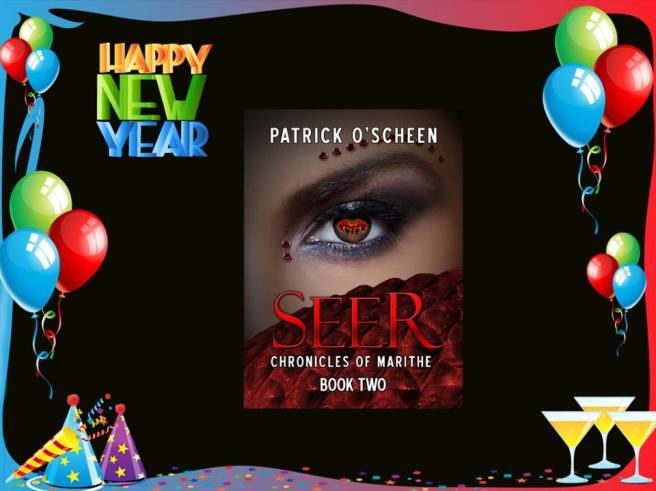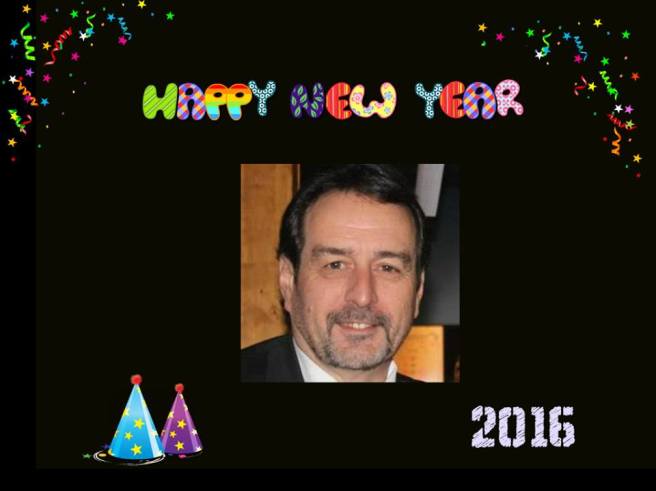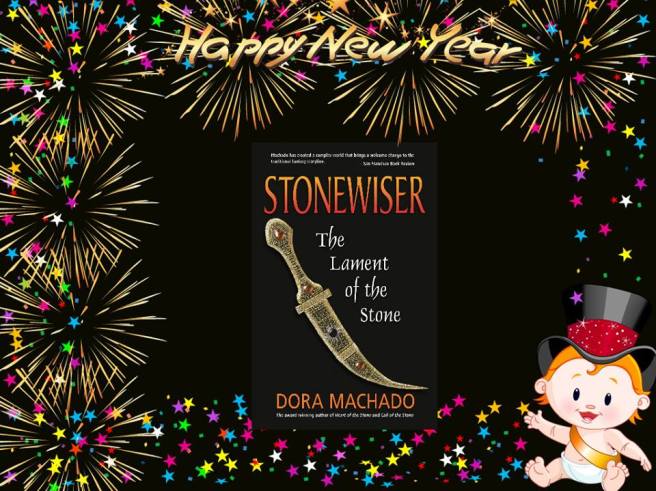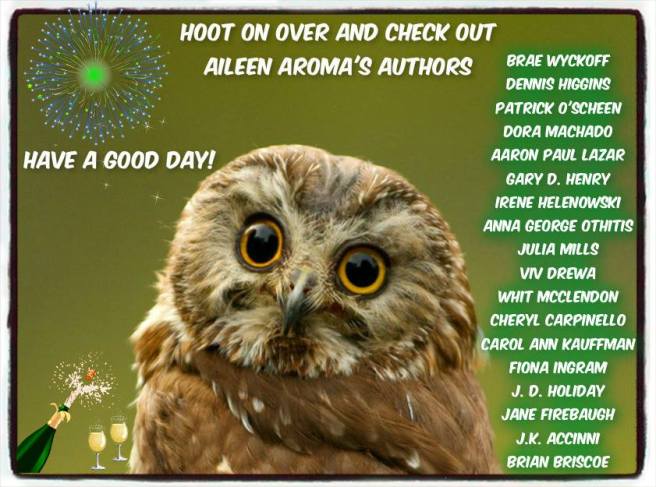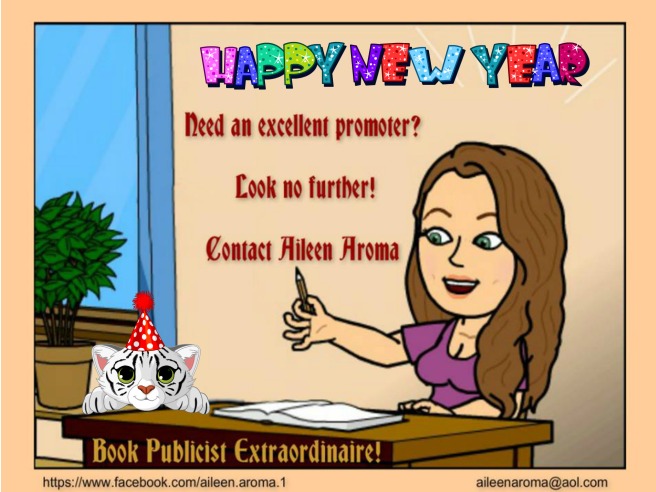One of the recurring snippets of advice for an author is “write about what you know.”
As a writer of fantasy and paranormal fiction, I always had difficulty following this rule.
When I started writing my on-going fantasy novel (the first book to be published in 2017), I believed I should just sit down and write it; that inspiration and imaginative creativity would allow the story to flow naturally.
Very soon into the novel, however, I realised how little I knew about the world I had created and, to make it credible, imagination was not enough.
I had no idea how to orchestrate a medieval battle and didn’t know any knights or kings. I had never lived in a court, so had no clue as to its daily function, administration or castle politics. I am not particularly religious, so the hierarchy, practices and rituals of the church were all lost to me; I didn’t know how to wield a sword nor theorise on the best weapon to hit a far-off moving target.
Now some might say that fantasy, by its nature, does not require the elements of possible or probable, but I have difficulty with that too. I have to personally “believe” in all the elements to a story – whether this be created through fact, probability or the bending of natural forces – if I can find a logical, scientific or even supernatural explanation for the existence of a character or event, I am convinced.
In able to make my story believable, therefore, I had to research my subject well.
The favourite section of my library are books on medieval history and warfare and, over the years, I have plundered these texts and got to “know” my subject.
It is startling how, for example, the build and use of a simple axe can inspire a whole scene or develop a character.
Travel and a knowledge of geography have also stimulated much of the topography of my fantasy landscape and, once I built a map, I began with a few characters and the social, political and economic panorama of the world I was beginning to know grew around them.
Similarly, I, mercifully, have never met a serial killer nor know how (nor would wish to) commit murder. All my knowledge of horror, ghosts and hauntings has accumulated over the years through research, movies, books and other people’s tales.
My second novel, The Ghost Tree, was inspired by a 1695 poltergeist and a photograph of a tree I took over 10 years ago.
My idea was to write a contemporary paranormal fiction based roughly on the “true account” of the Rerrick Parish (or Mackie) Poltergeist that terrorised an Auchencairn stone mason and his family for a few months at the end of the 17th century.
The only living remnant of the haunted steading is a gnarled old oak, the Ghost Tree, which is believed by the locals to prevent the poltergeist from returning.
The tree is the true inspiration for the novel. It became the pivotal character and the arc of the entire story. That’s 432 pages written on the foundation of a single photograph.
Through the processes of writing, an author gets to know their subject, characters and world and research helps to define, colour and give depth to them.
So writing about what you know does not necessarily entail what you know “now”. My advice is to start with a piece of inspiration, research as much as you can, and a story will naturally follow.
~~~~~~~~~~~~~~~
I am a writer of fantasy and paranormal fiction. I create worlds of dark and light, of good and evil, of sorrow and happiness. My panoramas, scenes and characters are born purely from a wild imagination – at times extravagant, but never restrained. I don’t write ‘what ifs’ but rather try to create believable stories and characters that my readers can absorb themselves into and escape for a while into my world.
She is a freelance newspaper journalist, press and media officer, graphic designer and photographer and has her own publishing company called Ivy Moon Press.
Connect with Sara Bain
~~~~~~~~~~~~~~~
